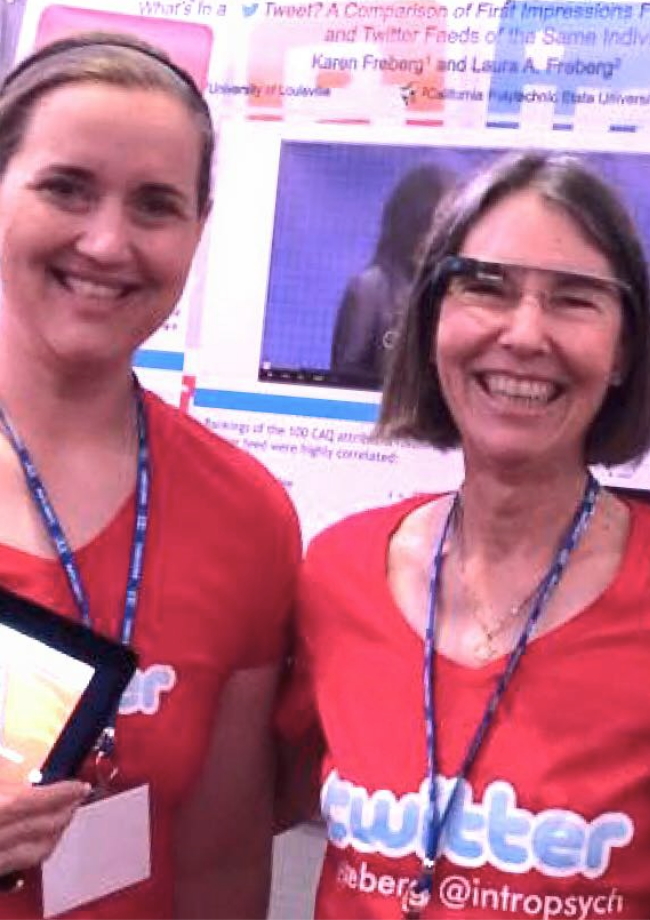here’s what we’re reading today:
“Still mysterious, however, is how grid and place cells obtain the information that every GPS system requires: the angle and speed of an object’s movement relative to a known starting point, says Edvard Moser, co-author of the new study along with May-Britt Moser, his spouse and collaborator. If the brain does indeed contain a dynamic, internal map of the world, “there has to be a speed signal” that tells the network how far an animal has moved in a given period of time, he says.”
““Because some studies suggest that Alzheimer’s disease is more common among older African-Americans than European-Americans, we wanted to see whether the brain changes caused by Alzheimer’s are different in these two racial groups,” said study author Lisa L. Barnes, PhD, with Rush University Medical Center in Chicago. “Studying how Alzheimer’s disease looks in the brain in individuals of different races may help us to further understand the disease and pinpoint strategies for prevention and treatment.””
“In new research, the team led by Scripps Florida biologist Damon Page found that mutations in PTEN, which approximate those found in a subgroup of individuals with autism spectrum disorder, lead to dynamic changes in the number of two key cell types that make up the brain—neurons and glia. At birth, neurons are more abundant than normal. Surprisingly, in adulthood the number of neurons in the brains of mutant animals is virtually the same as normal, and glia (which provide support for neurons) are overrepresented.”
controlling and redirecting attention
““The human brain is powerful, but even it cannot make sense of the entire sum of stimuli that bombard our senses,” said Vincent P. Ferrera, PhD, the study’s senior author. Dr. Ferrera is a principal investigator at Columbia’s Mortimer B. Zuckerman Mind Bran Behavior Institute and associate professor in the department of neuroscience (in psychiatry) at CUMC. “Instead, it selects and prioritizes information based on what is needed at any given moment—this is called attention. And while attention is a fundamental characteristic of human cognition, and something that we use all the time, the underlying brain circuits that give us this ability remain largely unclear.””
““A human brain contains nearly 100 billion nerve cells with connections measured in the trillions,” says project leader, Professor Emeritus Roger Seymour. “Each cell and connection uses a minute amount of energy but, added together, the whole brain uses about 20% of a person’s resting metabolic rate.”
“These results suggest that since the overall hand proportions of humans are largely primitive, when the first members of the human lineage started to use and produce complex stone tools in a systematic way, “their hands were already pretty much like ours today,” said study lead author Sergio Almécija, a paleoanthropologist at George Washington University in Washington, D.C.”
“”We take a very simple model of choice that’s been developed for predicting perceptual decisions—like whether a dot is moving left or right—and adapt it to capture generosity,” says lead author Cendri Hutcherson, who did the work as a postdoctoral fellow at the California Institute of Technology and now directs the Decision Neuroscience Lab at the University of Toronto. “With this simple model, we are able to explain a huge host of previously confusing patterns about how people make altruistic choices.””
““My own introspective experience of memory tends to be one of discrete snapshots strung together, as opposed to a continuous video recording,” says David Foster, Ph.D., an assistant professor of neuroscience at the Johns Hopkins University School of Medicine. “Our data from rats suggest that our memories are actually organized that way, with one network of neurons responsible for the snapshots and another responsible for the string that connects them.””



0 Comments